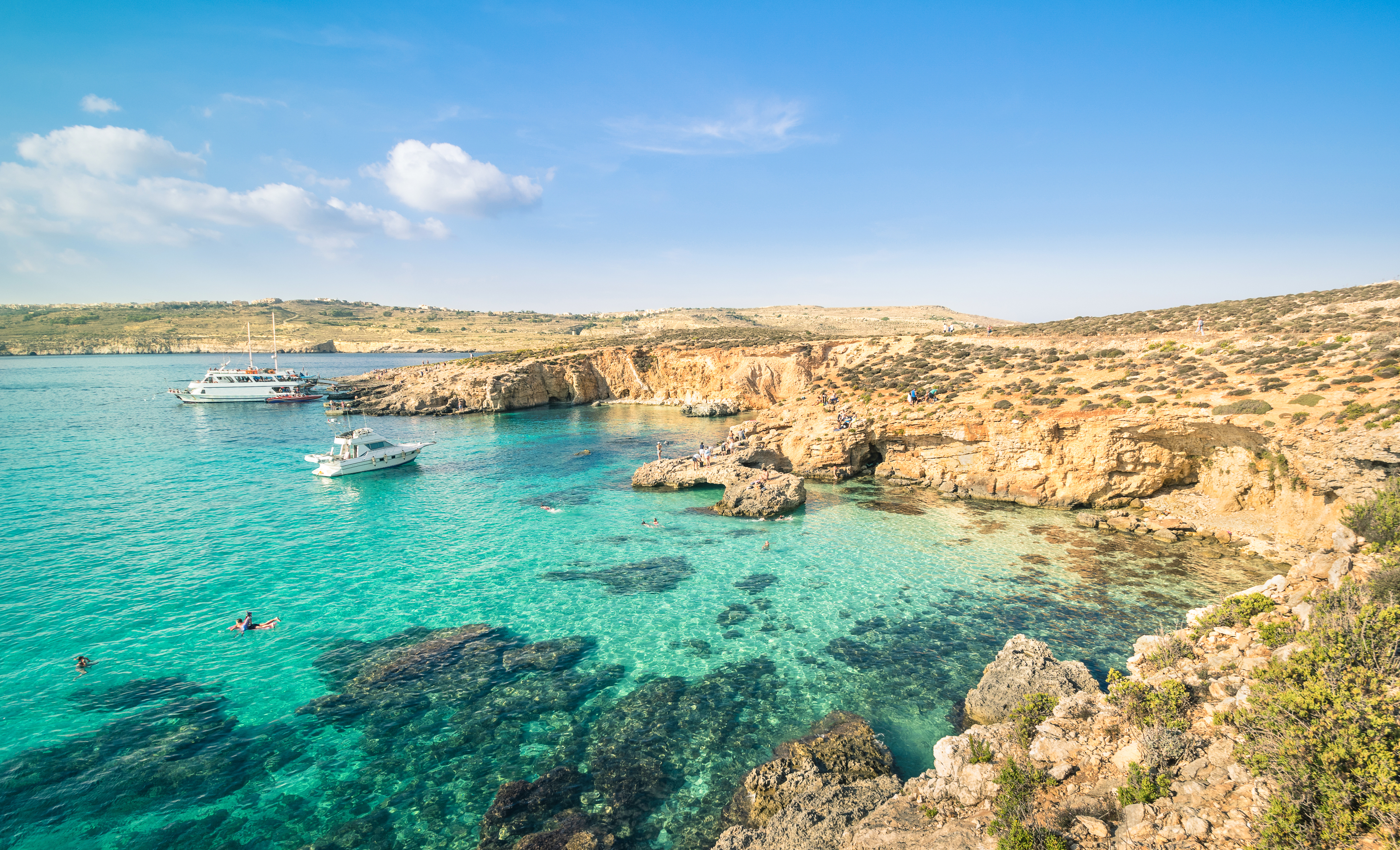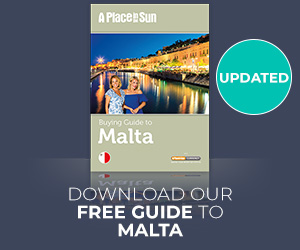-
Find your place in the sun
- Home
-
Property Search
- Property Search
-
Property in Spain
- Property in Spain
- Almeria
- Costa Blanca
- Costa del Sol
- Costa Brava
- Costa de la Luz
- Costa Tropical
- Murcia
- Valencia
- Inland Andalucia
-
Canary Islands
- Canary Islands
- Tenerife
- Fuerteventura
- Lanzarote
- Gran Canaria
- Balearic Islands
- All Areas
- Property in France
-
Property in Portugal
- Property in Portugal
- Algarve
- Albufeira
- Lagos
- Lisbon Coast
- Silver Coast
- All Areas
- Property in Italy
-
Property in Greece
- Property in Greece
- Aegean Islands
- Corfu
- Crete
- Halkidiki
- Ionian Islands
- All Areas
- Property in Florida
- Property in Cyprus
- Property in Turkey
- Search all countries
- New Developments
- Find an agent in...
- Hot Properties
-
-
Help & Guides
- Help & Guides
- How to Buy
- Area Guides
- Free Guide Download
- Professional Services
- Currency
- Mortgages
- Property Insurance
-
Relocation
- Relocation
-
Moving to Spain
- Moving to Spain
- Buying property in Spain
- Living in Spain
- Retiring to Spain
-
Moving to France
- Moving to France
- Buying property in France
- Living in France
- Retiring to France
-
Moving to Portugal
- Moving to Portugal
- Buying property in Portugal
- Living in Portugal
- Retiring to Portugal
-
Moving to Italy
- Moving to Italy
- Buying property in Italy
- Living in Italy
- Retiring to Italy
-
Moving to Cyprus
- Moving to Cyprus
- Buying property in Cyprus
- Living in Cyprus
- Retiring to Cyprus
- Moving to Malta
- Find a Lawyer
- Viewing Trips Guide
- Articles
- Webinars
- New Developments
-
Live Events
- Live Events
- Manchester
- London
- Birmingham
- Dublin
- Ascot
- Why visit?
-
Exhibit
- Exhibit
- Manchester
- London
- Birmingham
- Dublin
- Ascot
-
TV Show
- TV Show
- Episodes
- Presenters
- Apply
- Advertise with us
-
- Currency
- Find an agent
- Advertise with us
Property for Sale in Malta
Hot Properties in Malta
Property in Malta
Malta is one of the smaller islands of the Mediterranean but it packs a lot in. Among the highlights are attractive countryside, glorious beaches, traditional Maltese houses in a warm golden stone, smart new developments, brand-new marinas and medieval history.
You could buy an apartment in the beautifully and sensitively redeveloped Valletta – European City of Culture in 2018 – or a townhouse in the coastal villages where the catch still arrives on the quayside every morning. Or maybe quieter Gozo would be more to your taste?
The British are allowed to buy a main residence wherever they like on Malta or Gozo, but for investment properties they are limited to Special Designated Areas (SDAs). Property tends to divides into the older “houses of character”, farmhouses and apartments. Traditional Maltese architecture was in the local golden-beige stone, with thick walls and marble floors. These are a very popular option to do up, especially in the inland villages like Naxxar and Mosta, or the Three Cities across the harbour from Valletta.
As in many other islands, the locals have been happy to move from the country to smart new city apartments, while the overseas buyers have been delighted to buy up and renovate their old farmhouses. Malta also has some exceptional new developments such as Tigne Point and Pender Place, while Gozo boasts the new Fort Chambray redevelopment.
The island has ties with the UK that make travelling here, buying here and driving here – they drive on the left – a pleasure. The Queen and Prince Philip spent their early married life in Malta and occasionally pop back for a state visit. Although our naval bases closed 25 years ago, more than 5,000 British people live here and English is an official language, which certainly makes the buying process feel easier.
Malta is the most densely populated country in Europe, but it doesn’t feel that way. The 432,000 people live on three islands, Malta, Gozo and Comino, which together add up to just over 300 square kilometres. That’s 25 percent smaller than the Isle of Wight and you are never more than seven kilometres from the sea.
Despite the small size, however, Malta manages to have some cutting edge industries that offer work to expats, including a film production industry, cosmetic surgery, IT and software, and tourism. Malta is one of the few small islands to have year-round budget flights direct from the UK, which makes it especially attractive for workers, but also the retired, who have traditionally been drawn to Malta by our long historical ties. Malta also has a pretty benign tax regime for expats.
Where to Buy Property in Malta
Malta’s major hotspot is arguably the hub of St Julian’s and Sliema and the adjoining “Three Cities” off the Grand Harbour (Vittoriosa, Senglea and Cospicua) and the capital Valletta.
This whole waterfront area is the sought-after and cosmopolitan place to live, with all amenities such as shopping, bars, cafes and nightlife along the seafront. Prices vary depending on the property’s proximity to the seafront, but a one-bedroom apartment here is likely to be €150,000 plus, and a two-bedroom unit nearer €200,000. Rental returns in this hub also tend to be the best because they are close to both the commercial and historic areas loved by tourists.
In this area there are also two landmark new developments on historic waterfront sites that have proved very popular with buyers: Tigne Pointe and Fort Cambridge.
Valletta is a lovely city – it’s going to be European City of Culture for 2018 – and you can buy a small apartment in one of the older apartment blocks for less than €150,000, although there is a complete range of prices, running up to converted palazzos nearer €1 million. Some people find this area a little too urban or congested so for a laid-back holiday atmosphere you may prefer heading to a seaside resort – or an inland town or village.
A couple of miles east is the seaside town of Marsascala, set around a gorgeous inlet and offering apartments from around €100,000. Further down the cost is the pretty fishing village of Marsaxlokk, where some of the best seafood restaurants on the island can be found.
Heading west instead along the northern coast of Malta is the resort of Mellieha, popular with every kind of buyer, including British holidaymakers and retirees, because of its lovely beaches, but also its picturesque tranquility that’s a reminder of old-style Malta. It’s also handily the point from which regular ferries run across to Gozo.
There’s a good choice of affordable apartments there, both older properties and a couple of new developments. Nice, entry-level apartments go for between €150,000 and €200,000. Nearby Bugibba and St Paul’s Bay are also quite popular and offer coastal apartments for under €130,000.
Once you head inland from the northern part of the island where the bulk of the island’s population reside then there’s a distinctly sleepier and rural feel. There are plenty of lovely Maltese “houses of character” in the villages and towns – often not the most affordable option due to their rarity value – but check out Mgarr, Zebbug, Siggiewi and little Qrendi where entry level for one is around €175,000.
The fact that the mainland Maltese buy weekend homes on the neighbouring island of Gozo should be an indication of the laid-back charm of Malta’s smaller neighbour. A short ferry ride from the north coast, Gozo offers clean air and a traditional rustic way of life along with some of the Mediterranean’s best diving. Popular areas of Gozo include Marsalforn, Xlendi and the historic capital Victoria.
Like Malta, Gozo’s property offering is no longer limited to centuries-old properties, tucked away in sleepy farming villages. A handful of new projects combine the island’s stunning scenery with the convenience of modern, highly spec'ed apartments, including the new Fort Chambray renovation, an SDA overlooking the harbour at Mgarr (not be confused with the Mgarr in Malta).
How to Buy Property in Malta
Under Maltese Law, foreign nationals are allowed to purchase properties on various counts. If purchased as a holiday or second home, the property must satisfy a certain minimum value which changes periodically and which currently stands as: €110,469 for apartments and maisonettes and €184,064 for villas, townhouses and other property.
These thresholds do not apply, however, to either European Union citizens buying the property as their main residence i.e. living there permanently, or if the property is located in a Special Designated Areas (SDAs).
Once you find the perfect property and engage an (independent) lawyer, the preliminary contract, called a convenium, is signed and you pay a 10 per cent deposit. This is binding on both parties. While your lawyer is doing the necessary title and credit checks, the notary will be checking your status.
If you are from overseas and the property will not be your main residence, or is outside an SDA, he or she will apply for permission from the Ministry of Finance.
When all permissions and checks are in place you sign the final contract and pay the balance of the asking price - along with all taxes and fees. This whole process should not take longer than three months.
Buyers should budget for around 5 per cent stamp duty, 1 to 3 per cent notarial fee and a little more for legal fees and searches etc.
When buying a new property, you’ll need to factor in the cost of a new kitchen too, as in Malta they’re usually not included unless the property is a resale.







